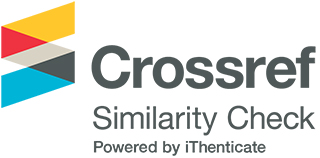Student Homelessness, COVID-19, and Social-Emotional Strengths and Needs: A Case Study
DOI:
https://doi.org/10.33422/ijce.v4i2.224Keywords:
Homelessness, high mobility, social and emotional skills, trauma, trauma informed care, McKinney VentoAbstract
Research indicates that student high mobility can create stress and trauma, disrupting learning and dismantling relationships with peers, and teachers. Students who experience homelessness and high mobility (HHM) are faced with traumatic events that negatively impact their mental well-being and their academic performance. During the COVID-19 pandemic, experts predicted that students would be returning to school having experienced great losses, deaths in their families, broken connections with peers and adults, and other adverse experiences. This qualitative case study bounded by a collection of districts including a large southwestern city, found that schools were unprepared for the switch to distance learning and that teachers lacked the training to deal with the social and emotional needs of children. I observed these districts through three phases of COVID-19 and assessed how Social and Emotional Learning practices were being delivered during the pandemic.
Additional Files
Published
How to Cite
Issue
Section
License
Copyright (c) 2023 Mark Pierce, Celestina Rogers

This work is licensed under a Creative Commons Attribution 4.0 International License.







